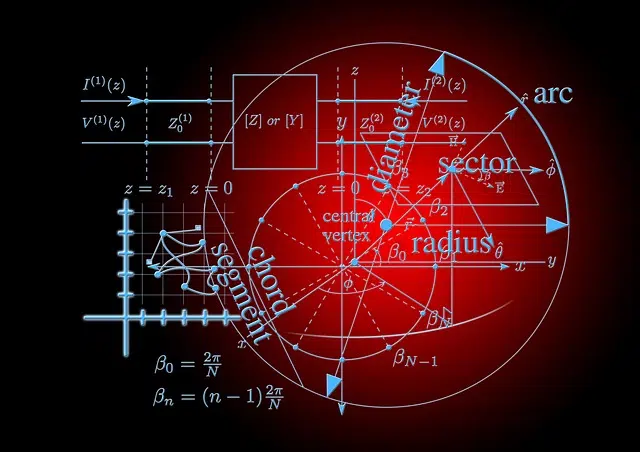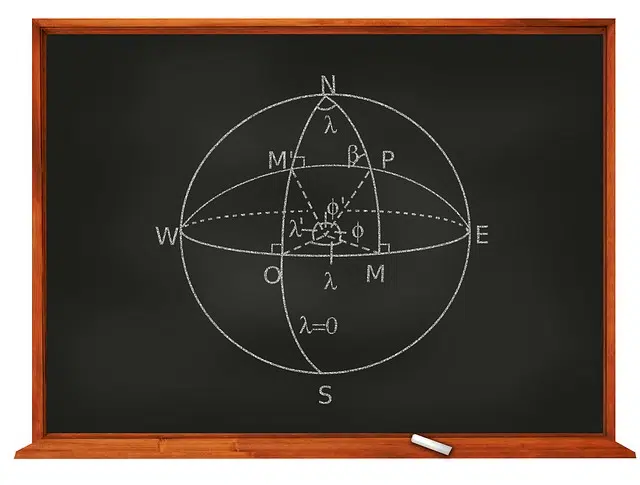
One radian is equivalent to 180°/p
Radián is a term with etymological origin in radius , a Latin word that can be translated as "radius" . The notion appears in the International System of Units as a plane angle unit . A radian, in this sense, is the central angle found in a circle , with an arc that has the same length as the radius .
In other words: a radian is equivalent to 180°/p (pi) . This unit, which can be identified through the symbol rad, makes it easy to perform various calculations , all expressed through divisors or multiples of p .
The radian as a unit
Until 1995, the International System of Units recognized it as a supplementary unit , as well as the steradian (a unit used to measure solid angles), but since then both have been placed in the category of derived units . Let's look in detail at the three main concepts mentioned in this paragraph:
* supplementary units : based on the meaning that the RAE assigns to the term "supplementary", we can deduce that the supplementary units serve to complete other units , in this case, the basic ones . The latter, among which are the meter , the kilogram , the second and the kelvin , arise from observation and measurement , using techniques based on patterns that allow their standardization, so that anyone who uses them obtains results consistent with the of the rest. The radian and the steradian are the only two supplementary units recognized by the International System of Units;
* steradian : this is the unit that is equivalent to the radian in three dimensions , since it is used to measure solid angles. A solid angle is one that measures an object from a given point and limits its surface with an imaginary cone, formed between the point of view and the vertex of the tip of the cone. If a sphere is taken, the steradian is equivalent to the solid angle between its center and a portion of it, such that when the four lines that form the cone intercept the surface of the sphere they form a square with a side equal to the radius of the sphere. same;
* derived units : they are defined based on the basic and supplementary units, applying algebraic expressions such as powers and products. Some very common examples are the square meter , the meter per second , and the radian per second .

The radian refers to a circumference length that is equal to the radius.
A circumference length
What the radian does is indicate a circumference length that is identical to the radius. In a complete circle, there are two p radians .
Although it may seem that the inclusion of this unit complicates operations , the truth is that it favors mathematical calculations. In everyday life, however, it is more comfortable to appeal to degrees.
Equivalence between the degree and the radian
Both units (radians and degrees), as we have already expressed, have equivalences. In this way, angles can be measured in degrees or radians depending on the need. An angle of 360° (a complete circle ) is equivalent to 2p radians ; Therefore, an angle of 180° is equal to p radians . At this point, it is important to remember that p is equal to 3.14…
So: suppose we want to know how many radians an angle of 45° is equivalent to; If we base ourselves on what has been stated so far, we should only apply the simple rule of three.
180° = p radians
45° = x radians
45°. p / 180° = x radians
An angle of 45° , therefore, is equal to 0.785 radians . Note that the dot symbolizes the multiplication sign , also associated with a cross similar to the letter "x"; Since in this case we are operating with an unknown to which we have assigned said letter, we use the period to avoid confusion.
